Nutrition for Chronic Pain Management

Support for Chronic Pain Management

Sleep for Pain Management
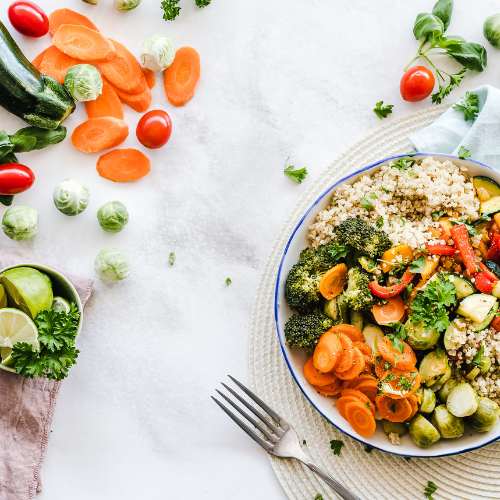
Nutrition for Pain Management

Exercise for Pain Management

Guided Meditations for Chronic Pain
Anti-inflammatory Eating
When considering what to eat to help with pain management, it’s important to remember inflammation can lead to increased discomfort and feelings of pain. An anti-inflammatory nutrition plan can help.
Sometimes inflammation is a natural, healthy part of the recovery process, as when tissues have just been injured. But when inflammation becomes chronic, it can lead to other health problems, including increased pain and chronic illness.
(Inflammation has been linked to depression also…and remember the link between depression and increased pain)
What you eat can affect the amount of inflammation in your body. Luckily, an anti-inflammatory eating plan is really just a healthy eating plan with some special attention paid to certain herbs and spices. It’s a boring story: Eat as much fresh food as possible, avoid processed and artificial foods.
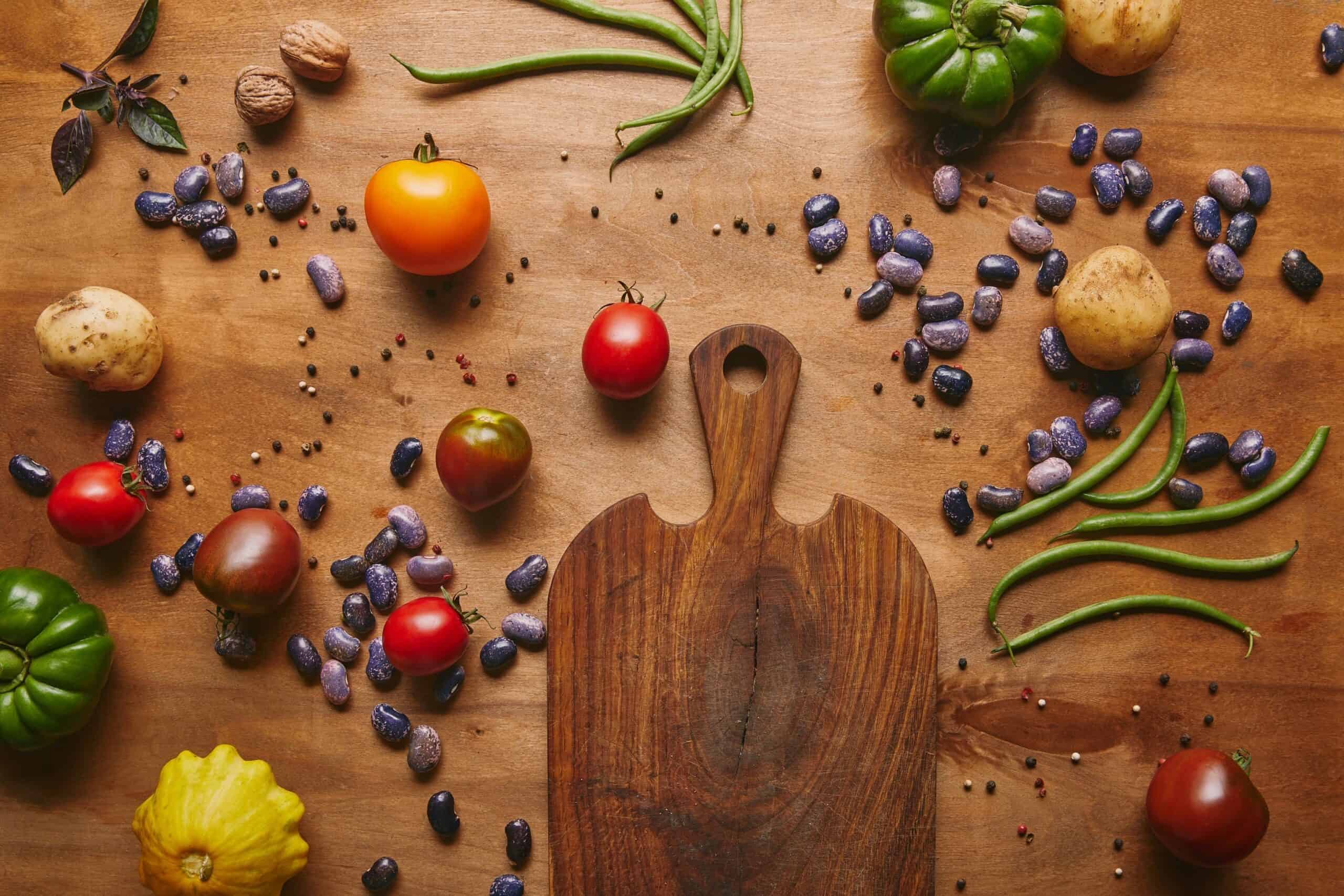

Here’s a list of some great options
Fruits and Vegetables: Eat a variety with lots of different colors. “Eat the rainbow”

Berries
Any berries! There is lots of research on the on the anti-inflammatory properties of cherries, raspberries, blueberries, and blackberries
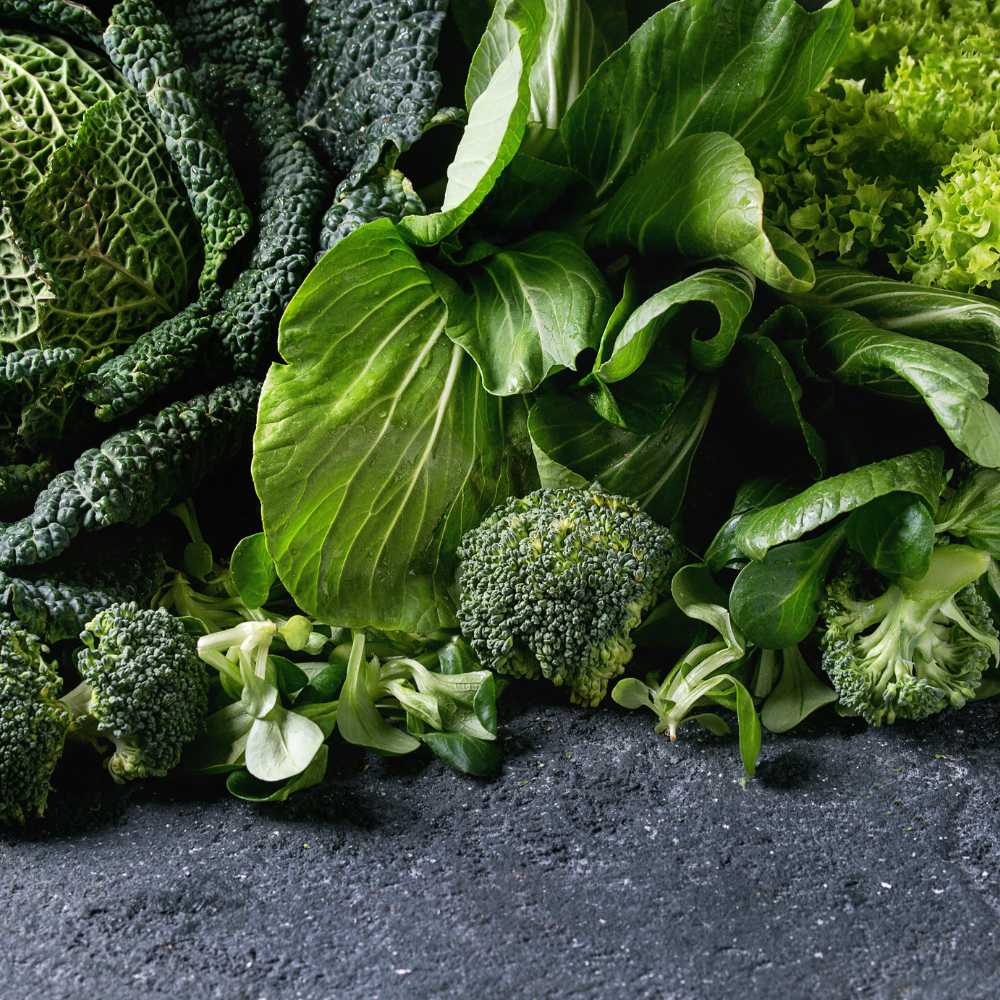
Dark green leafy Vegetables
Besides making delicious salads and sautéing these vegetables, try using large leaves as a substitute for buns or wraps.
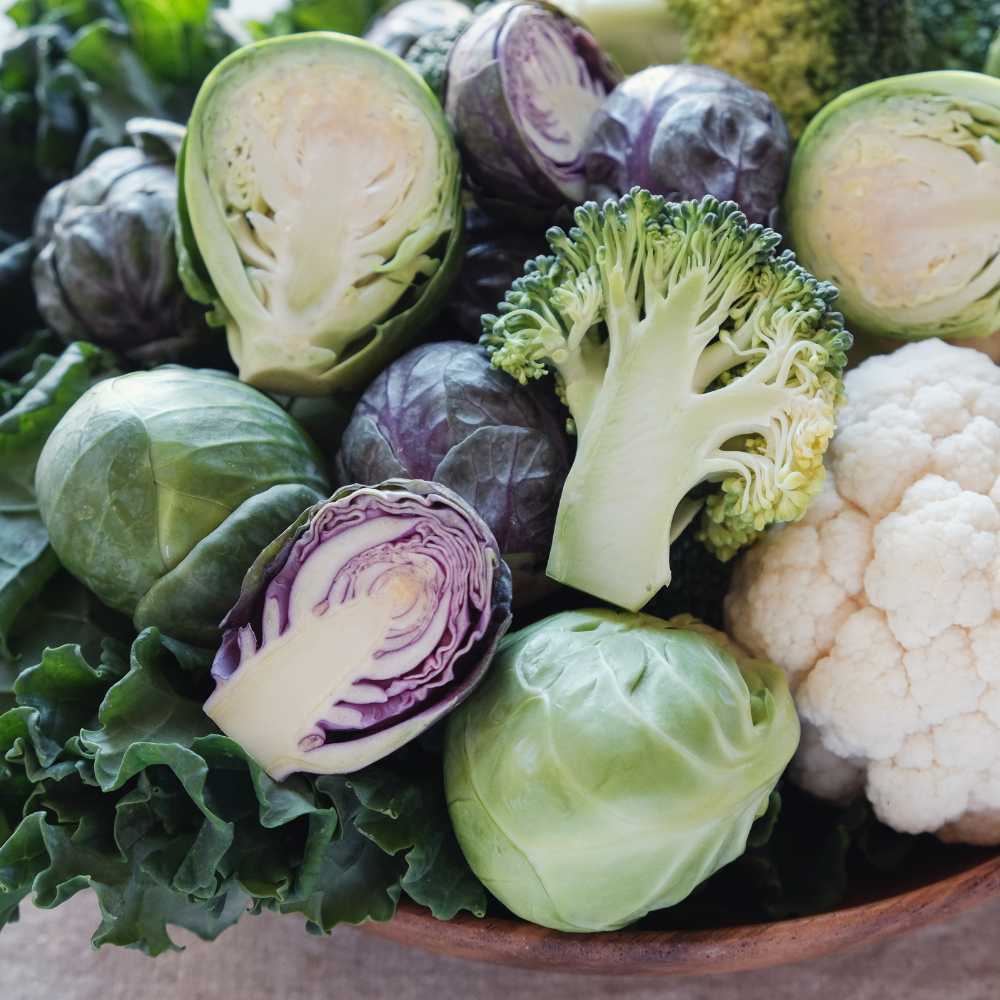
Cruciferous vegetables
I think of cruciferous as “the really crunchy vegetables”, but the term really refers to the cross shaped flowers they produce. Experiment with broccoli, spinach, cauliflower, cabbage, kale, brussel sprouts, collard greens, arugula, bok choy, and radishes.
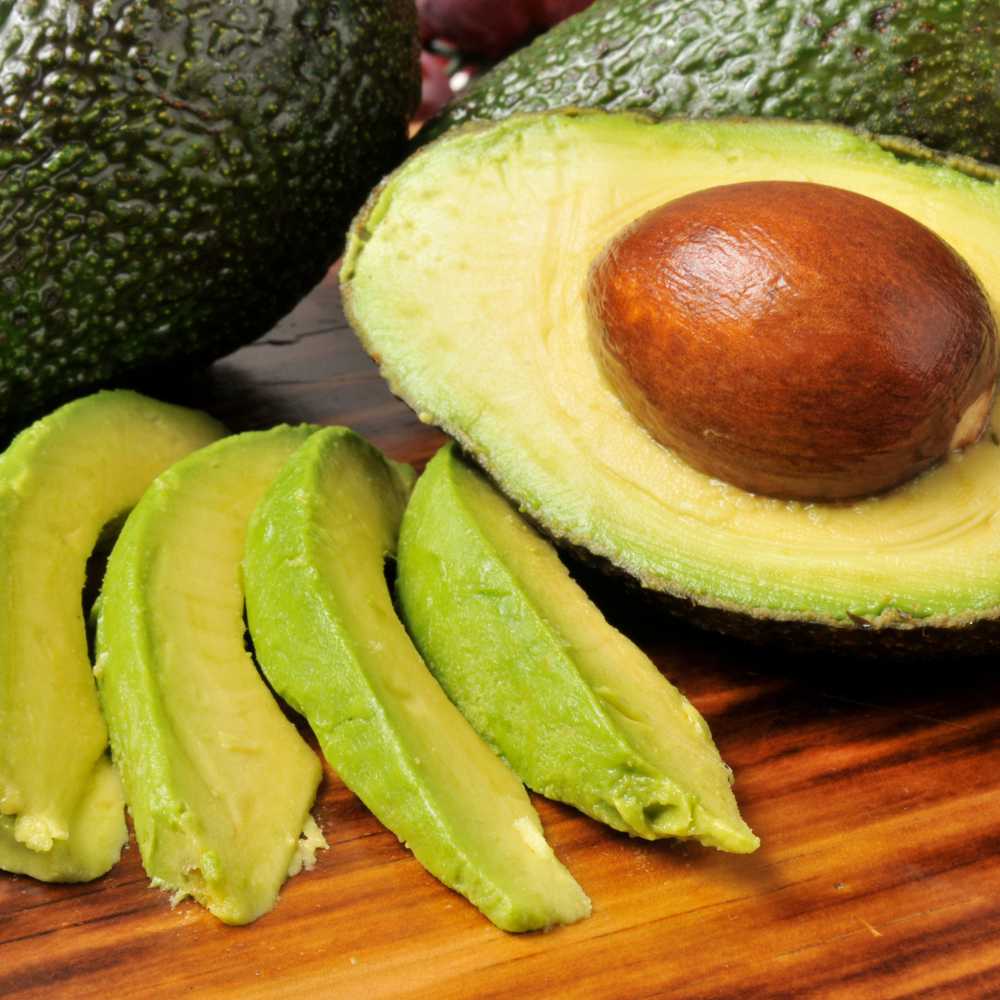
Avocados
Outside of being a great addition to salads and sandwiches, and the main ingredient in guacamole, avocados can be added to smoothies to help give a thick, smooth texture.

Papaya
Along with being quite anti-inflammatory, papaya is also high in vitamin C which is great for your immune system.

Sweet Potatoes
Use these in place of regular potatoes to add a nutrient dense punch. Roasted sweet potatoes and sweet potato fries are also delicious and easy to bake. You can also experiment with sweet potatoes in your juices and smoothies.
Herbs and spices
Play around with spicing up your everyday recipes!

Turmeric
This is a bright yellow spice often used in Asian cooking. The active ingredient in turmeric, the ingredient that has anti-inflammatory properties, is curcumin. Just try adding a little Turmeric to your food each day.
A simple tea: Boil 4 cups of water and add one teaspoon of ground turmeric. Simmer for 10 minutes before straining into a cup. Add lemon and honey to taste. (Add ginger for an added benefit-see below.) You can make it a Turmeric Tea Latte- add honey and almond milk the simple tea recipe
You can find fresh turmeric in most produce sections and this can be added to many fresh juices.

Ginger
The active ingredients here are gingerols. Add ginger to fresh juices, tea, stir-fry. Ginger bonus—it’s also helps decrease nausea.
Dr. Weil’s Golden milk recipe– (Check out drweil.com for more info)
- Heat 2 cups almond, soy or coconut milk, add ½ T peeled, grated fresh ginger, 1 T peeled, grated fresh turmeric, 3-4 peppercorns
- Stir well and bring to a simmer, covered, for 10 minutes.
- Strain and sweeten to taste (if desired).

Garlic
Allicin and other compounds in garlic help decrease inflammation, and garlic has the added benefit of boosting your immune system. Garlic can be added to almost any dish.

Rosemary
Fresh rosemary will have more anti-inflammatory benefits than dried. Try growing some rosemary and adding it to potato dishes, chicken, roasted vegetables. Rosemary also has a pleasant aroma.
Give your entire diet an anti-inflammatory boost by adding these foods into your weekly meal play!
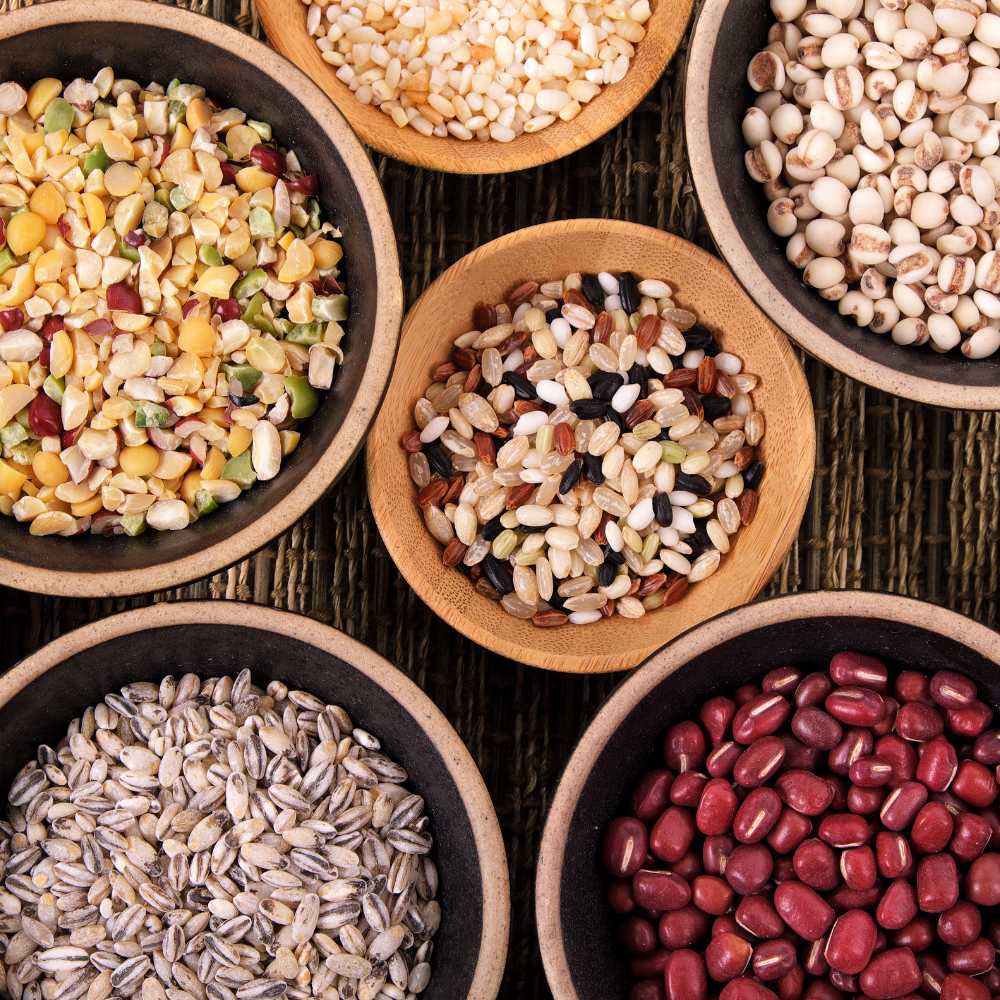
Whole Grains
Fiber may help decrease inflammation so concentrate on whole grains. Also, brown rice, steel cut oats.

Olive oil
Choose extra virgin olive oil. You can also make your own home made salad dressing with olive oil.

Fish
All oily fish. Try salmon, tuna, sardines, mackerel, anchovies

Kelp
Add a little when you are cooking beans, use nori as a quick and easily portable snack, add powered seaweed like spirulina to smoothies, mix in to soups, make a seaweed salad.
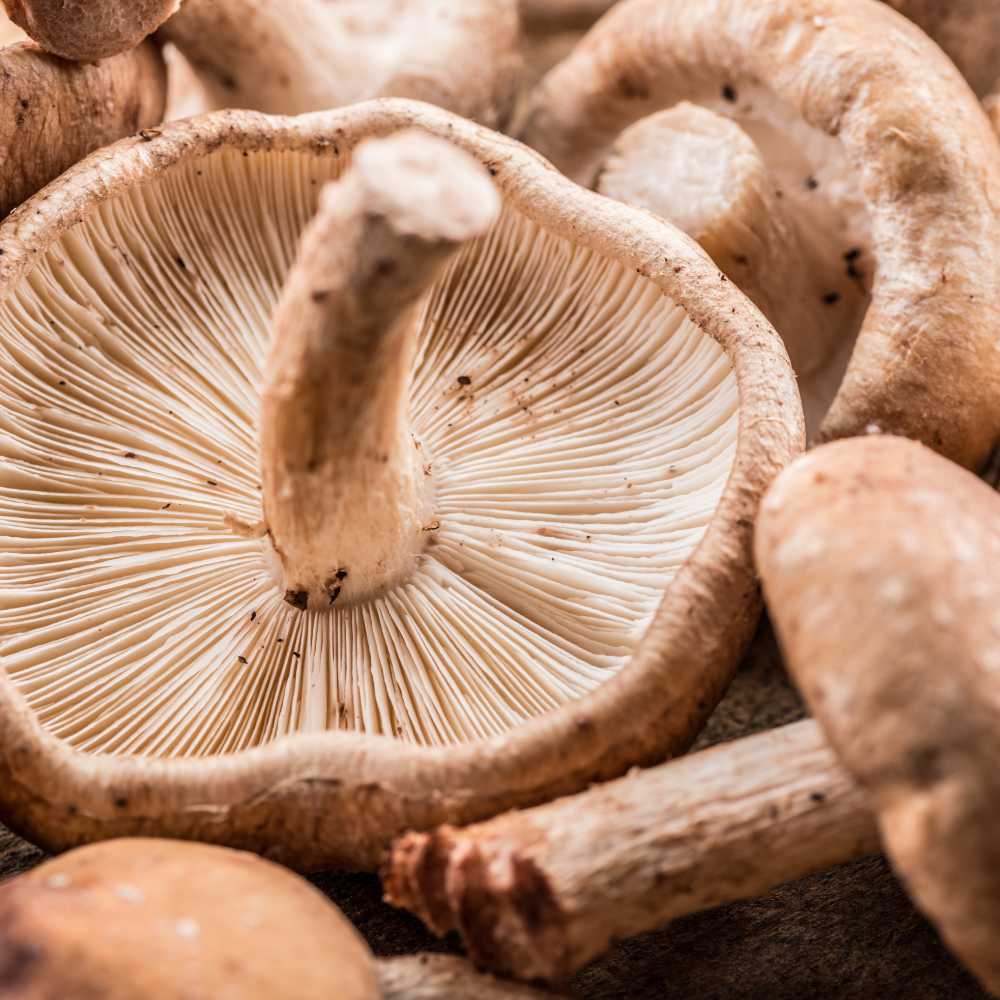
Shiitake mushrooms
Add to soups and salads or use in place of meat in many of your favorite recipes.

Nuts
Add to cereals, trail mix, grab as a quick snack. One caution here…nuts are high in calories to watch- serving size.
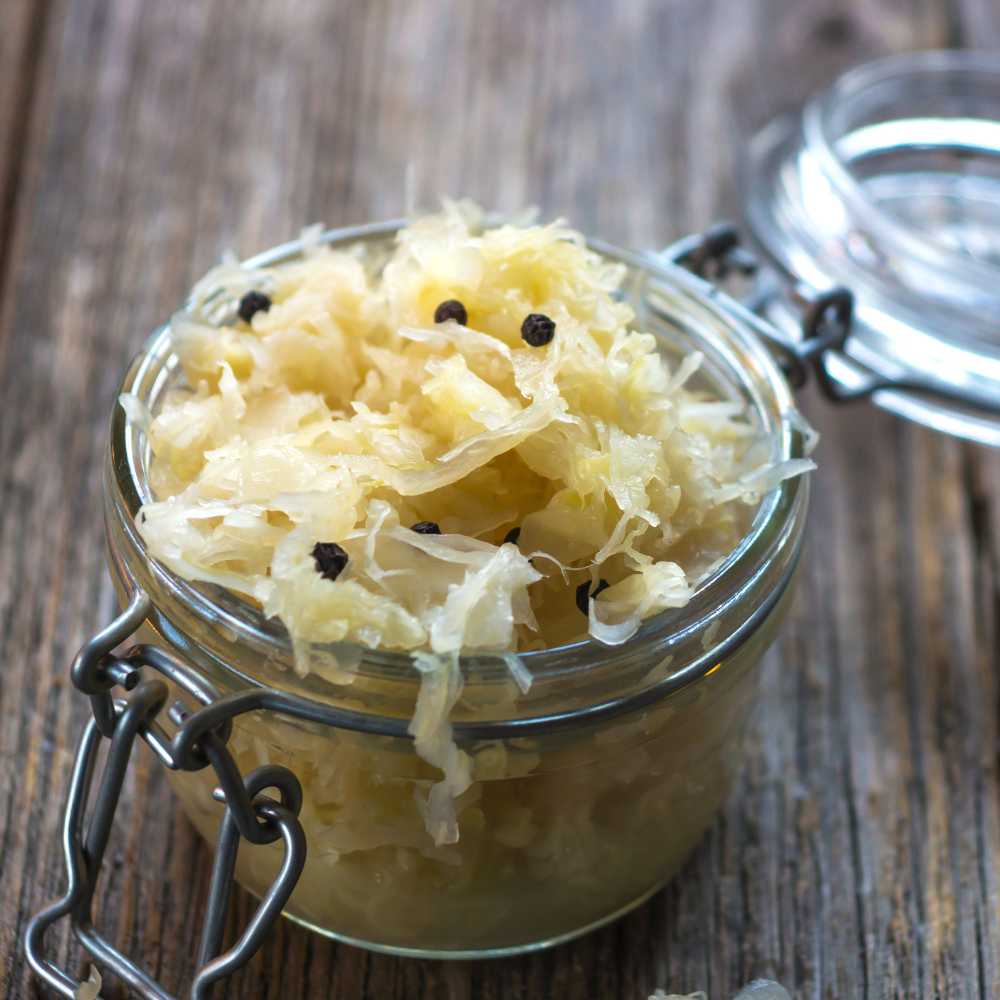
Fermented foods
Go to your local health food store and have them introduce you to the world of fermented foods. Try kimchi a Korean dish or Miso soup from Japan. kombucha is a fermented drink that is found in some stores today. Sauerkraut can be a great side dish for meats, added to salads, and I’ve had it, and liked it, on pizza.

Beans
They are high in fiber and also loaded with antioxidants and other anti-inflammatory substances.
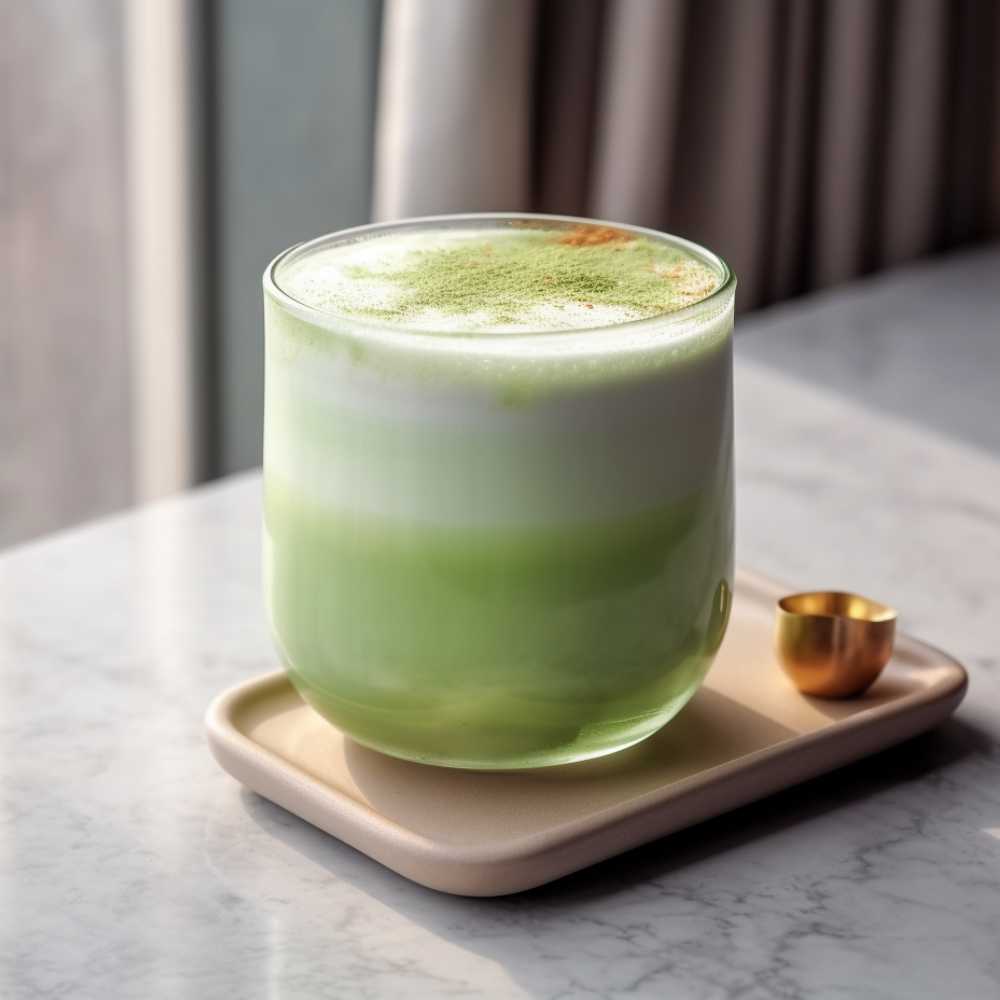
Green tea or Matcha
Matcha is a powdered type of Japanese green tea that is particularly rich in antioxidant compounds due to its traditional way of cultivation. Matcha is essentially the best-grade green tea, rich in theanine and caffeine, but with a low content of catechin compared with popular green tea. Green tea (including matcha) and its major component, epigallocatechin-3-gallate (EGCG), have been demonstrated to have anti-inflammatory effects. If you’re going to spend extra on matcha, ensure that it’s been stored in an airtight container and in a cool, dry place and that it’s a bright, vibrant green color.
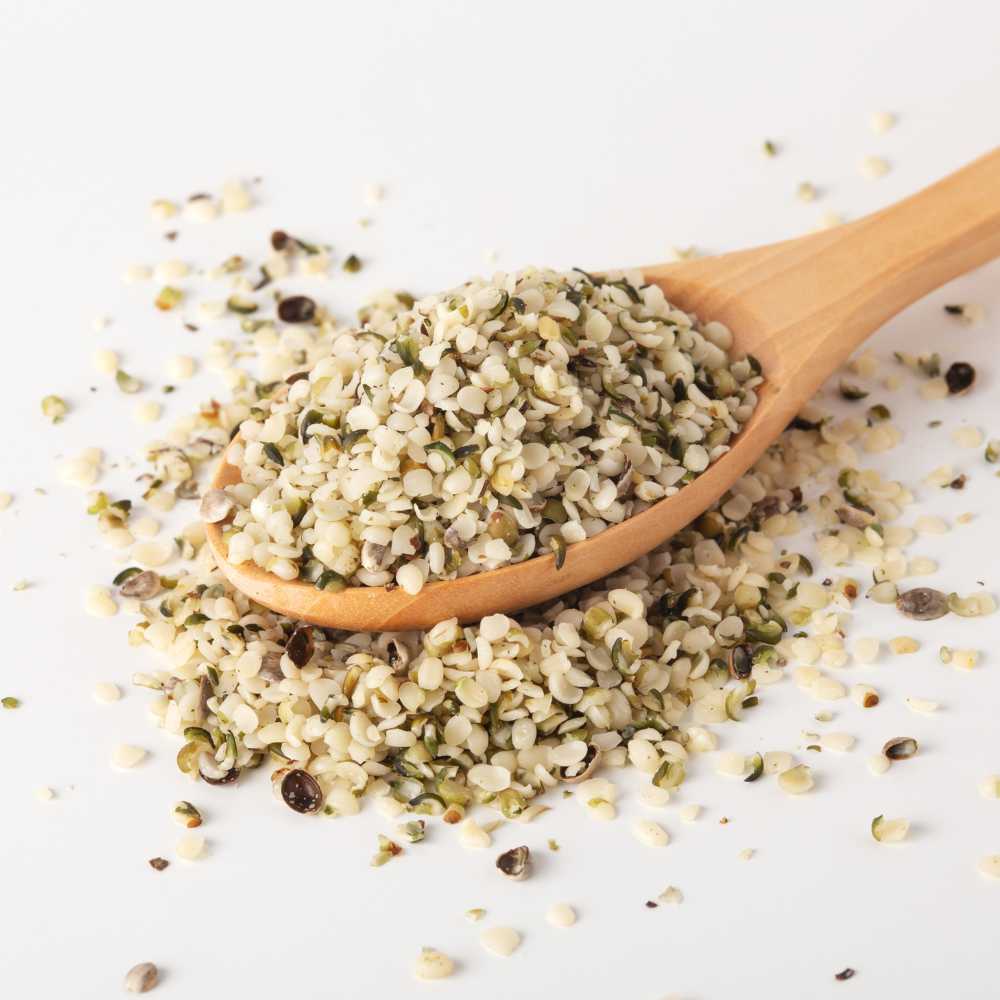
Hemp seeds
These are high in omega- 3 fatty acids and remember that helps to decrease inflammation. Sprinkle these seeds on salads or in your oatmeal or cereal.
